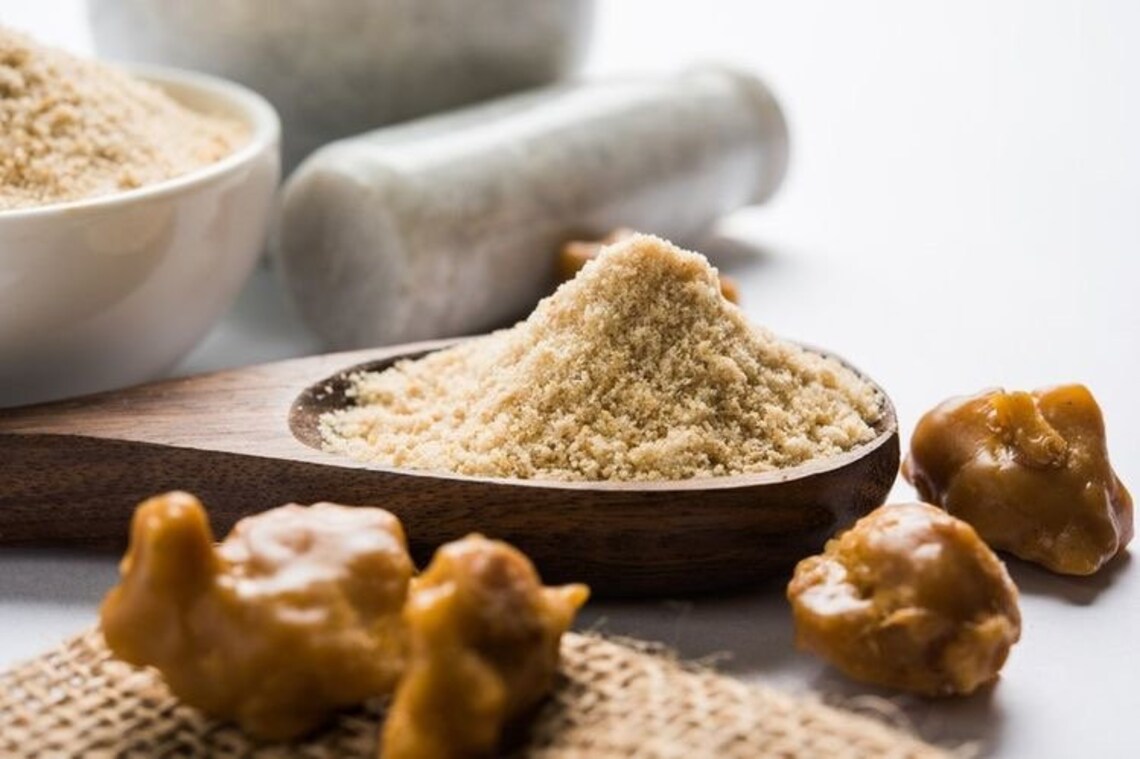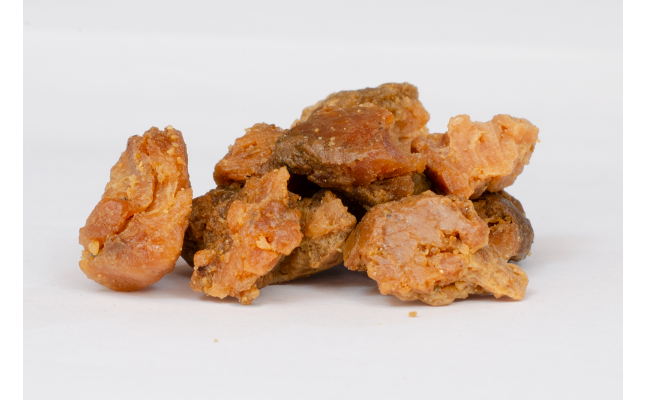
Asafoetida, often known as “Hing” in India, is a unique spice that holds a special place in the culinary and medicinal traditions of many cultures. Derived from the resin of the Ferula plant, asafoetida is renowned for its pungent aroma that can transform a dish with just a tiny pinch. While the scent of asafoetida might be overwhelming to some, it brings a delightful umami flavor to food, making it a prized ingredient in various cuisines.

Understanding the Scent of Asafoetida
Asafoetida has a distinctive, potent aroma that is often compared to that of sulfur or strong garlic. This characteristic scent is due to the presence of organic sulfur compounds such as ferulic acid and umbelliferone. When raw, the smell can be quite intense, which is why it’s typically sold in powdered form combined with a starch like rice flour to temper its potency.
Culinary Uses and Transformation
In culinary applications, asafoetida’s strong aroma undergoes a significant transformation when cooked. Once heated, it mellows out into a more pleasant, garlic-like aroma that enhances the overall flavor profile of the dish. Here’s how it is commonly used:
- Tempering: Asafoetida is often added to hot oil or ghee to temper its pungency before being incorporated into dishes. This process helps in releasing its aromatic compounds and infusing the oil with its unique scent.
- Spice Blends: It is a key ingredient in several spice blends, adding depth and complexity to the mix.
- Vegetarian Cuisine: Asafoetida is particularly popular in vegetarian and vegan dishes, where it serves as a substitute for onions and garlic in Jain and Brahmin households.
Medicinal and Therapeutic Uses
Beyond its culinary uses, asafoetida has been employed in traditional medicine for its therapeutic properties. The scent of asafoetida itself is believed to have medicinal benefits:
- Respiratory Health: Inhaling the aroma of asafoetida is thought to clear nasal passages and relieve congestion.
- Antimicrobial Properties: Asafoetida’s strong scent is linked to its antimicrobial and antifungal properties, making it effective in treating infections.
- Digestive Aid: The aroma can stimulate digestive enzymes, aiding in digestion and reducing bloating and gas.
Conclusion
While the scent of asafoetida might be an acquired taste for some, its benefits and unique flavor make it an indispensable spice in various kitchens around the world. From enhancing the taste of food to offering therapeutic benefits, asafoetida’s aromatic profile is a testament to its versatility and value. Embracing asafoetida in your cooking can open up a world of new flavors and health benefits, making it a worthwhile addition to your spice cabinet.
